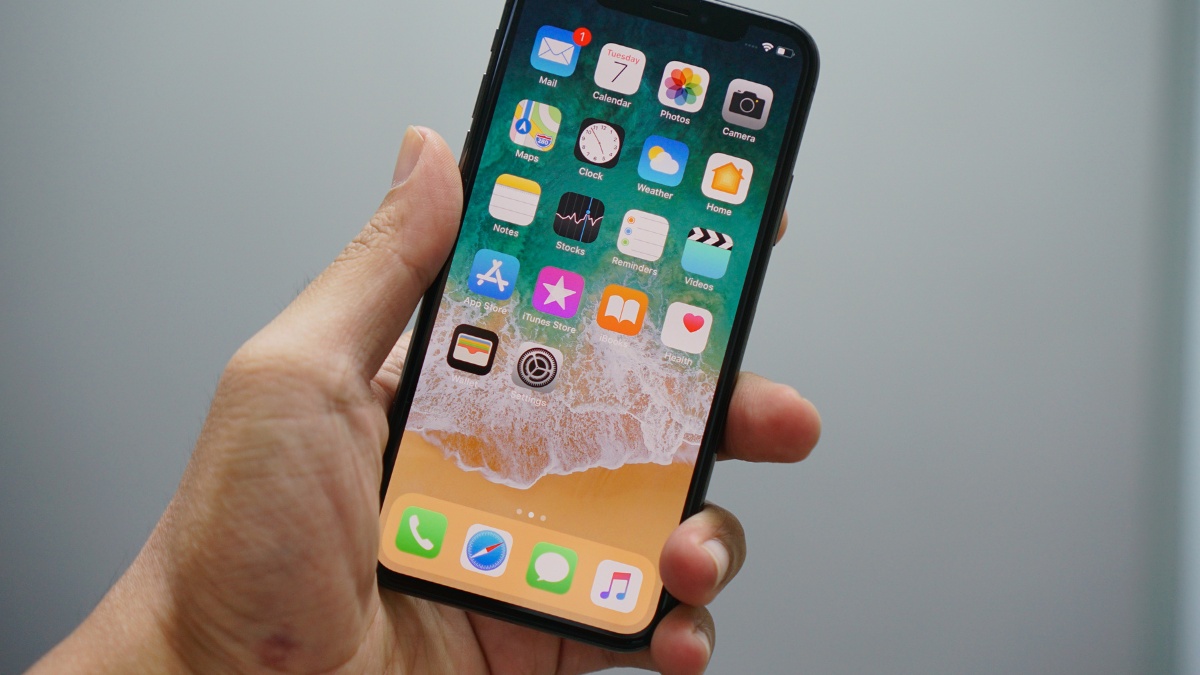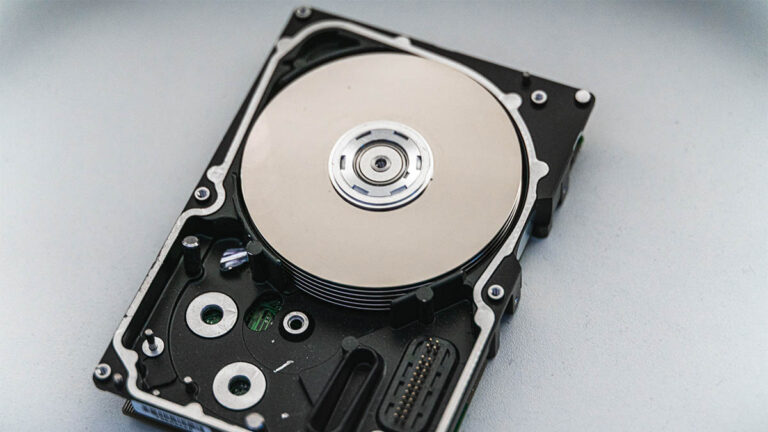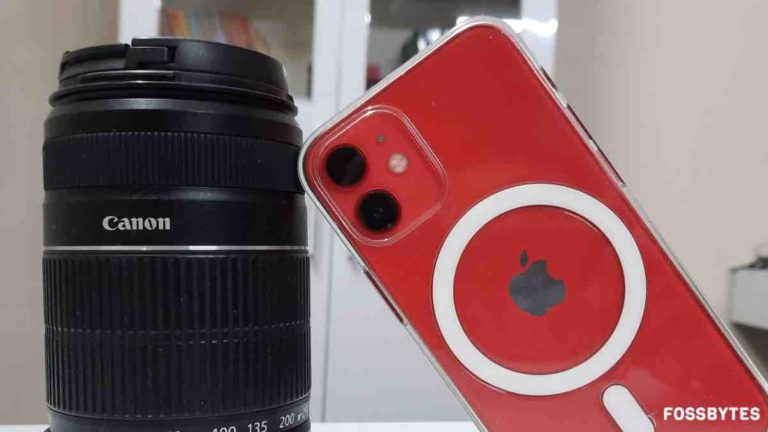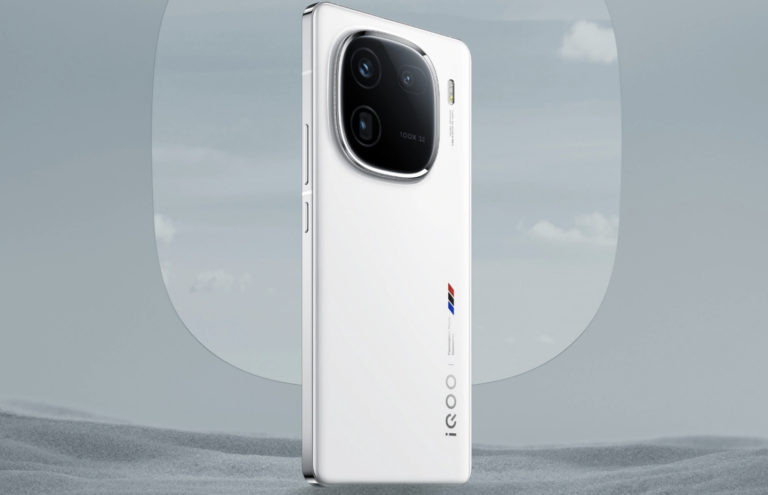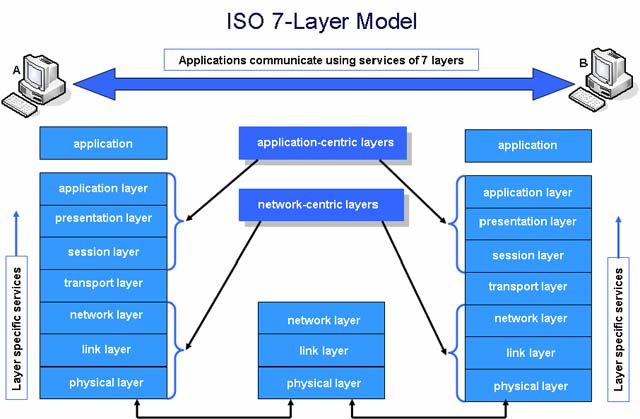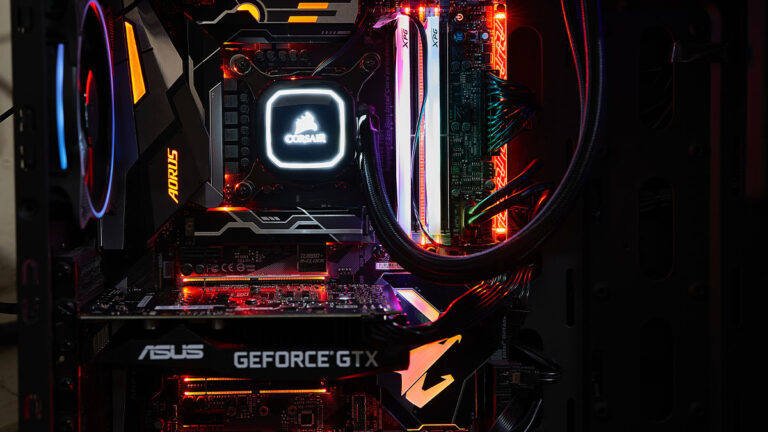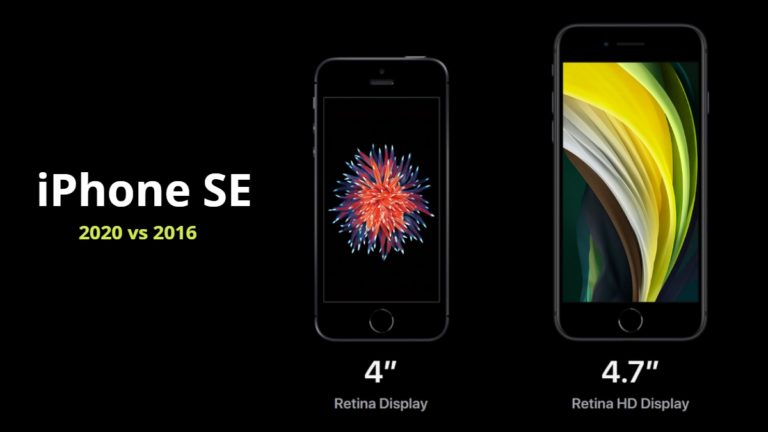India’s rapid urbanization is perhaps the most fascinating thing, considering the country opened to the global economy just 40 years ago. However, despite over 190 million TV-connected households in the country, a staggering 90 million homes remain in the dark.
To address this issue, the Indian government is planning to deploy a revolutionary technology known as Direct-to-Mobile (D2M), aiming to stream live TV channels to smartphones without an internet connection. Here’s everything you need to know about it.
What is Direct-To-Mobile?
Similar to FM Radio, D2M utilizes a receiver within a device or smartphone to access various radio frequencies. But, you may question: Why, in the era of 4G and 5G, do we need such technology? The answer lies in the fact that while a large portion of the Indian population enjoys high-speed networks, a significant segment still relies on 3G services.
Moreover, the absence of television sets in such Indian households means these individuals lack access to the latest information or news about the country.
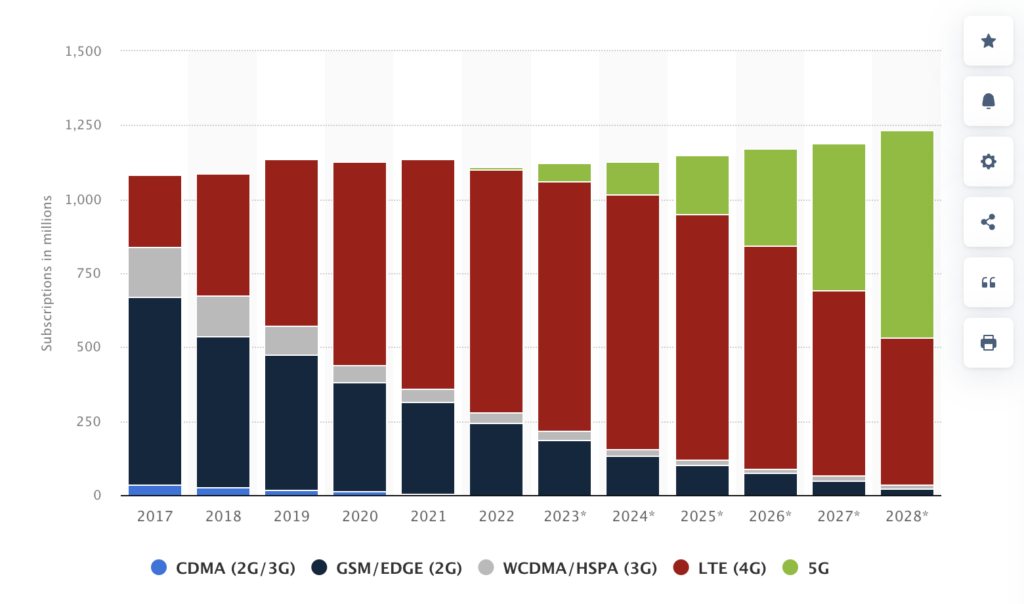
This is exactly where D2M comes in, as it will allow the government to provide digital streaming to rural areas, enabling them to reach a substantial audience. Additionally, the technology has the potential to alleviate stress on telecom networks by up to 69%, which are already grappling with the predicted surge in mobile data consumption, estimated to reach 44.3 exabytes per month by 2024.
However, S. Krishnan, Secretary of the Ministry of Electronics and Information Technology, emphasizes that the adoption of D2M depends on consumer choice, as it would require the government to mandate the technology in smartphones.
Potential roadblocks
Despite government enthusiasm, mobile phone manufacturers and telecom operators, represented by the Cellular Operators Association of India (COAI), remain cautious due to potential impacts on data revenue and existing business plans. A key point of contention revolves around spectrum allocation, particularly in the sub-GHz band (526 MHz-582 MHz).
While the Indian government intends to use the entire 112 MHz spectrum for D2M, currently employed by Prasar Bharati for Terrestrial TV Broadcasting, the COAI advocates for a neutral approach with a focus on integration into existing mobile networks.

